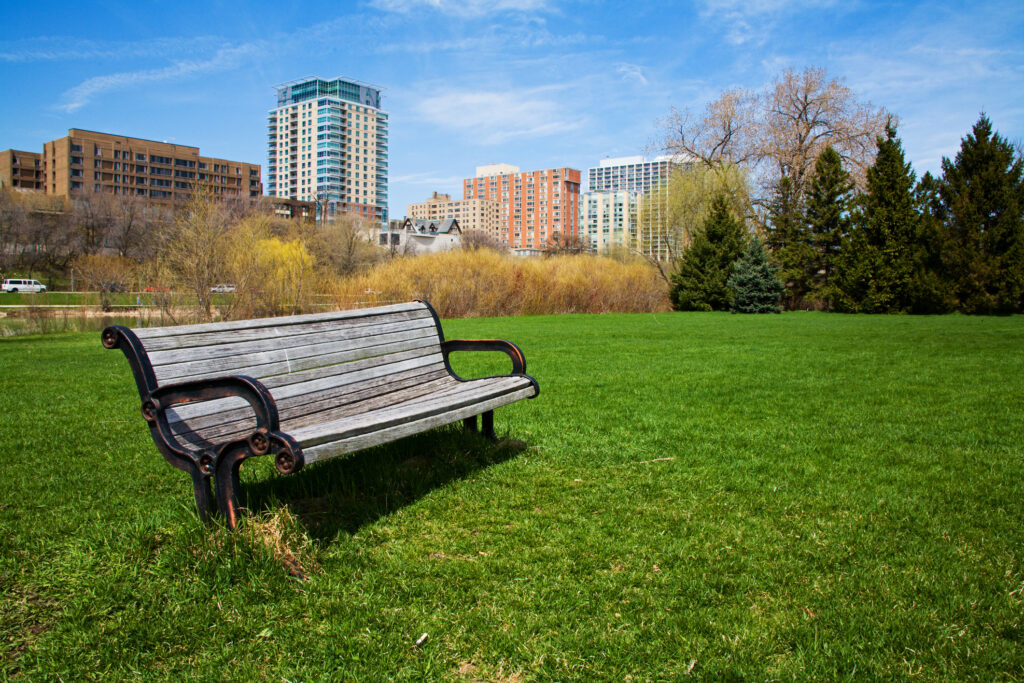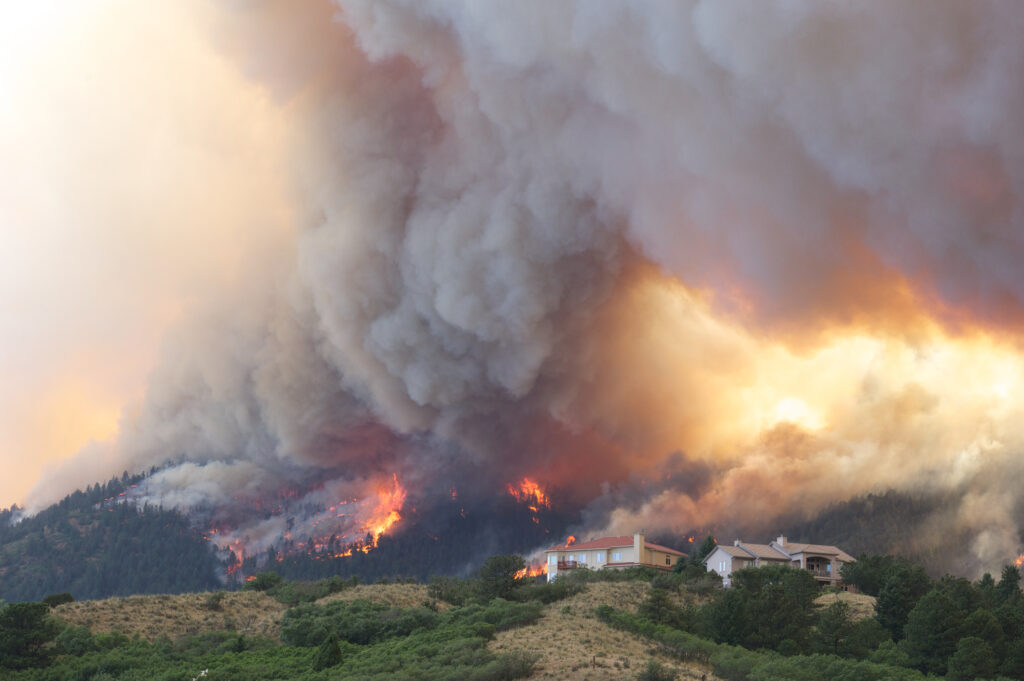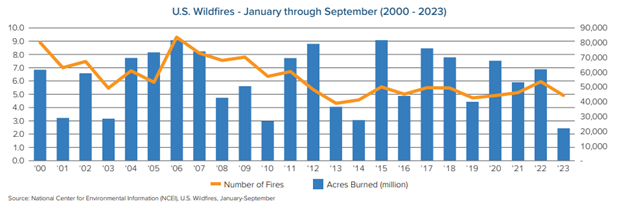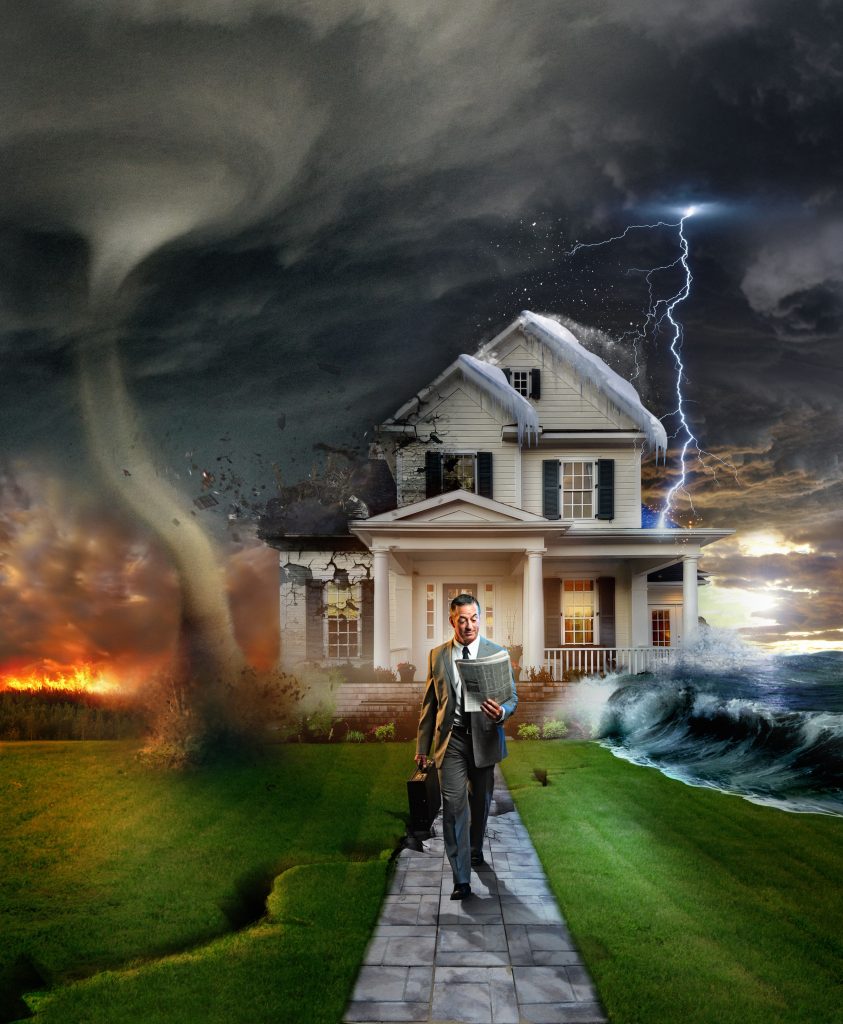
The Milwaukee Metropolitan Sewerage District (MMSD) is mitigating flood risks using reforestation, wetlands restoration, and other nature-based solutions. MMSD has developed a roadmap for scaling up the project. Triple-I – in an analysis requested by the district – has determined such an effort would increase resilience across all the metrics it considered.
In a recent report – A Blueprint to Scale Up Urban Reforestation and Wetland Restoration in Underserved Communities Across the Greater Milwaukee Area – MMSD outlines its plan for the next decade, which includes:
- Planting 6 million trees;
- Restoring 4,000 acres of wetlands;
- Capturing an estimated 350 million gallons of stormwater with trees; and
- Storing up to an estimated 1.5 million gallons of floodwater in every acre of wetland.
The report included Triple-I’s analysis, based on its Community Resilience Ratings’ quantitative methodology. Triple-I also stressed the benefits of community-based catastrophe insurance programs incorporating parametric insurance – policies that pay out a fixed dollar amount, no matter the property damage incurred – for mitigating flood risks.
“Community-based programs can incorporate a combination of parametric insurance and traditional indemnity coverage,” the report stated. “Unlike indemnity insurance, parametric structures cover risks without the complications of sending adjusters to assess damage after an event. Instead of paying for damage that has occurred, parametric insurance pays out if certain agreed-upon conditions are met. If coverage is triggered, a payment is made.”
MMSD serves 28 communities in the Greater Milwaukee area and has already committed substantial resources to reforestation, wetlands restoration, and other nature-based solutions, including green stormwater infrastructure projects.
“This commitment has positioned MMSD to build upon its past work to implement integrated nature-based solutions for stormwater management on a large scale,” the report says. “To keep up with growing flood risk, MMSD has committed to investing $294 million in watercourse and flood management projects over the next ten years…. This is a substantial increase and will likely require MMSD to find new ways to generate funding to pay for these projects.”
The report outlines avenues that include federal and state funding sources, as well as public-private partnerships and instruments like environmental impact bonds (EIB) that can help cities pay for innovative projects where traditional sources of financing may be harder to access. EIBs use private capital for investments in environmental projects and are repaid based on the project’s success in achieving its goals.







